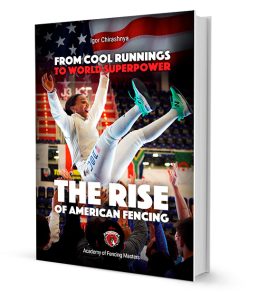Are shorter fencers at a disadvantage? Isn't my child too short to succeed in fencing? This question is much more common than some might think and is one that parents of prospective fencers ask all the time. For many aspiring fencers, height is a determining factor...








